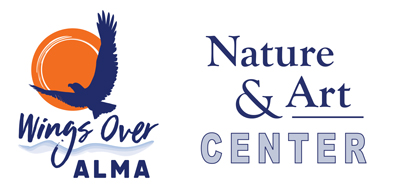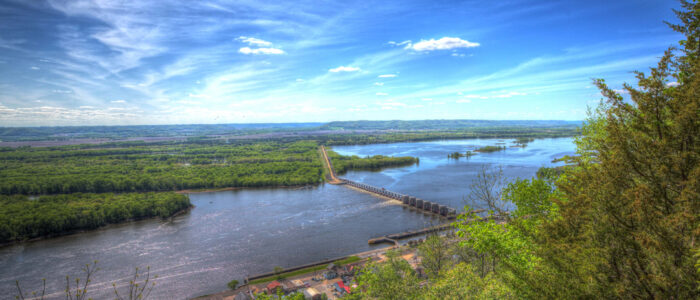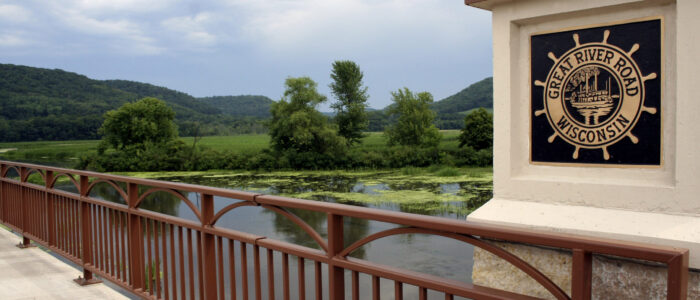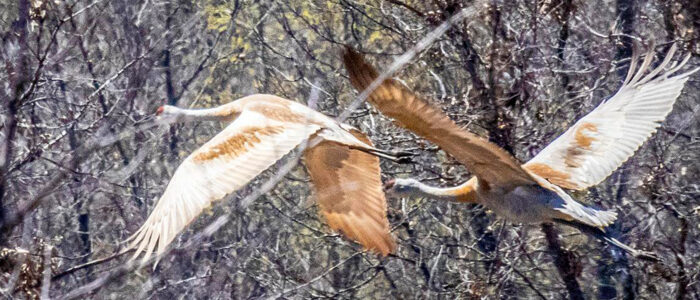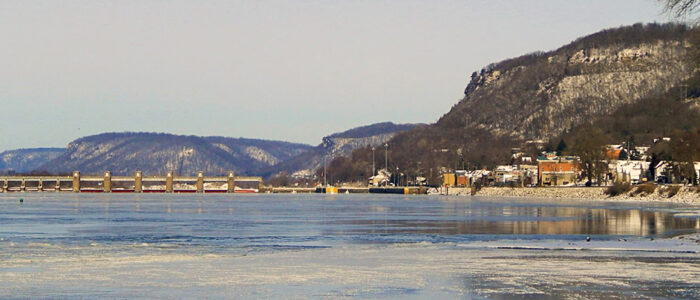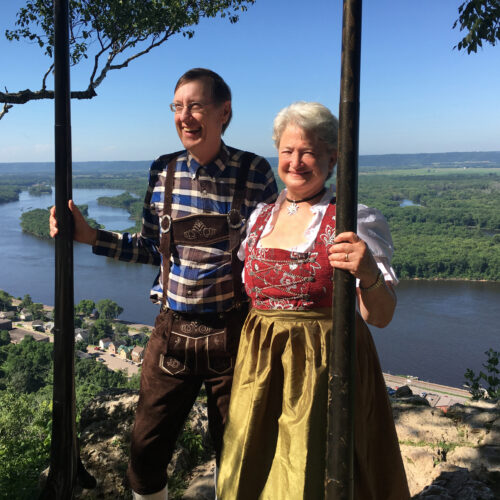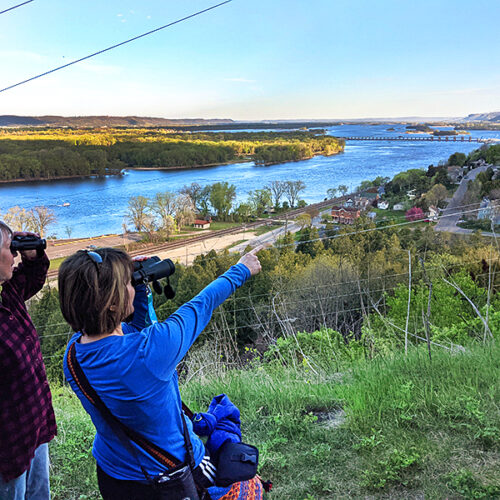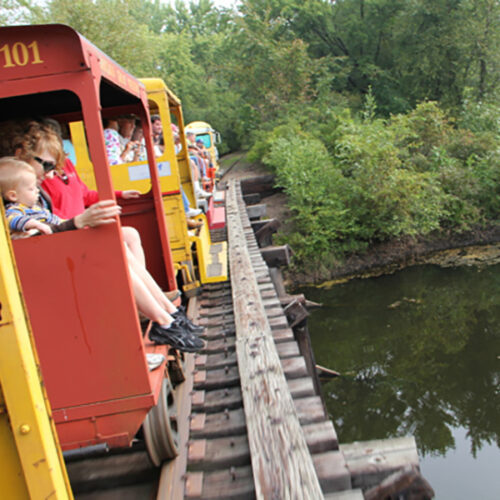WINGS OVER ALMA overlooks The Upper Mississippi River National Wildlife & Fish Refuge
Located right on Main Street, Wings Over Alma offers an outdoor viewing deck overlooking the mighty Mississippi, equipped with spotting scopes and binoculars to view a variety of wildlife year-round. The Upper Mississippi National Wildlife & Fish Refuge was designated a Wetland of International Importance on June 1, 2009, making it the 27th US wetland to receive this designation and the 2nd in Wisconsin.
Featured Event: Mini Train Rides!
September 6, 2025: Birding by Mini-Train: 7:30-Noon, with a warm brat lunch! $50.
September 6, 2025: Train Enthusiasts Ride: 1-5pm. $25.
2025 Train Enthusiasts Registration!
2025 Birding Train Registration!
Please call 608-685-3303 for registration, or print & mail the above form(s). No online registration. Visit our NATURE PAGE and scroll down to get directions and learn more about these fun excursions in the Tiffany Bottoms!
